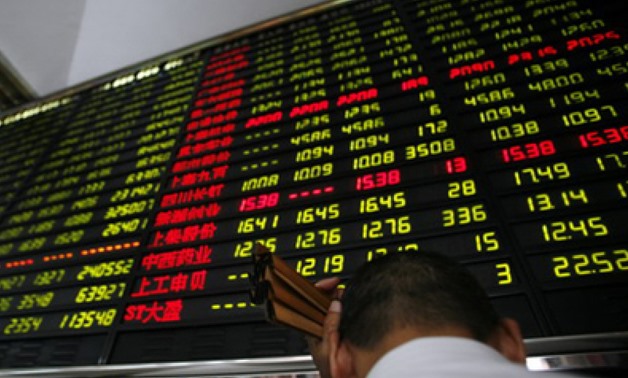
stocks - Creative Commons
LONDON - 18 April 2019: Global shares erased this week’s gains on Thursday after weak manufacturing surveys from Asia and Europe stoked fears of a slowdown in global growth, adding to profit taking ahead of the long Easter weekend.
After a subdued open, European markets fell further after French and German surveys of purchasing managers in the manufacturing sector for April showed activity continuing to contract.
Germany’s DAX more than doubled losses on the day to trade 0.3 percent lower after the release of the German survey, while the pan-European STOXX 600 index was down 0.2 percent.
The euro fell to its lowest in over a week after the data, down 0.4 percent on the day to $1.1247.
German 10-year bond yields were lower three basis points at minus 0.5 percent, dropping further off Wednesday’s high of 0.10 percent. [GVD/EUR]
Activity in Germany’s services sector rose to a seven-month high in April, but investors focused on the 44.5 reading for the manufacturing sector, well below the 50.0 mark separating growth from contraction even if it was above the 44.1 reading last month.
“The reading was better than last month, but below expectations and we could see from the market report that once again it’s the core industry for Germany that’s the worry - the carmakers are struggling,” said DZ Bank analyst Sebastian Fellechner.
He said the performance of the German manufacturing sector, often referred to as the engine room of Europe, has ramifications for the bloc as a whole.
The weak surveys out of Europe added to a weak Japanese reading on manufacturing activity, which also showed new export orders fell at the fastest pace in almost three years.
MSCI’s All Country World Index, which tracks stocks in 47 countries, was down 0.3 percent on the day. It erased all gains for the week after the German data.
The VIX volatility index, also known as Wall Street’s “fear gauge”, inched up to 13.12, back to where it was at the start of the week. On Wednesday, the index had fallen to its lowest since August 2018.
E-mini futures for the S&P 500 were down almost 0.3 percent.
Market participants are also eyeing signs of progress in U.S.-China trade negotiations.
Washington and Beijing set a tentative timeline for a fresh round of face-to-face meetings ahead of a possible signing ceremony in late May or early June, according to a Wall Street Journal report.
The U.S. trade deficit fell to an eight-month low in February as imports from China plunged, data on Wednesday showed.
Separate figures from China earlier on Wednesday showed the world’s second-largest economy grew at a steady 6.4 percent pace in the first quarter, defying forecasts for a slowdown.
Attention is now turning to how much more stimulus Beijing will apply without triggering more financial risks.
Elsewhere in currencies, the dollar was 0.3 percent higher against a basket of peers at 97.261.
The Australian dollar was 0.2 percent lower at $0.7163. It had earlier jumped to $0.7200 as traders wagered the Reserve Bank of Australia will not rush to ease rates even though the broader economy has seemingly lost momentum.
Oil markets fell despite a surprise decline in U.S. inventories, but the price drops were tempered by a smaller-than-expected reduction in gasoline stocks and ongoing OPEC-led supply cuts.
Brent crude futures were 0.5 percent lower at $71.24 per barrel, while U.S. crude futures were 0.44 percent lower at $63.48.

Comments
Leave a Comment